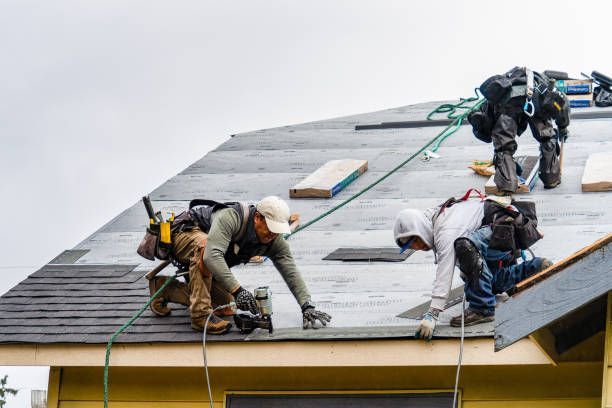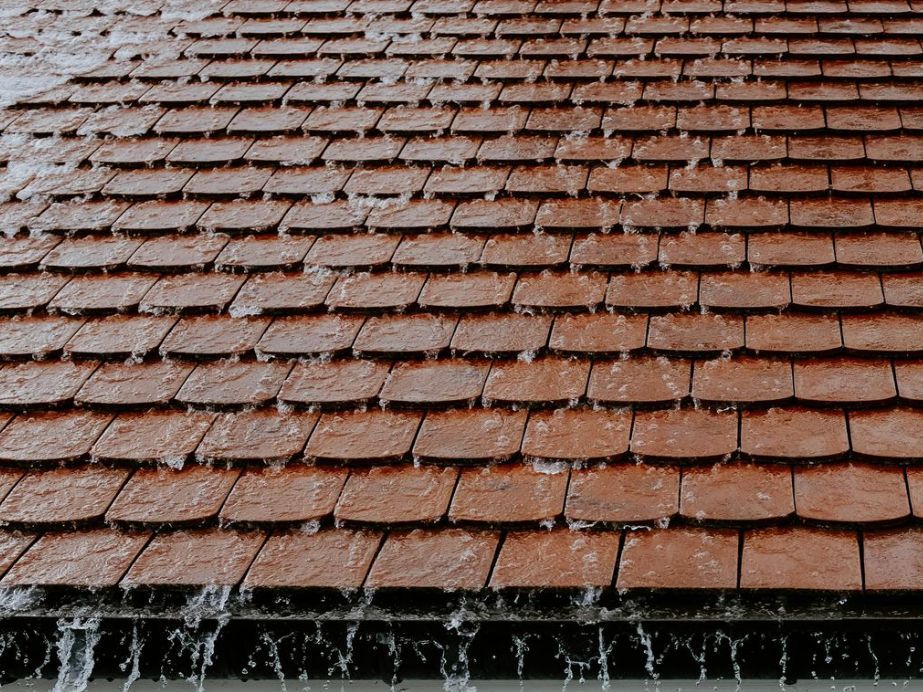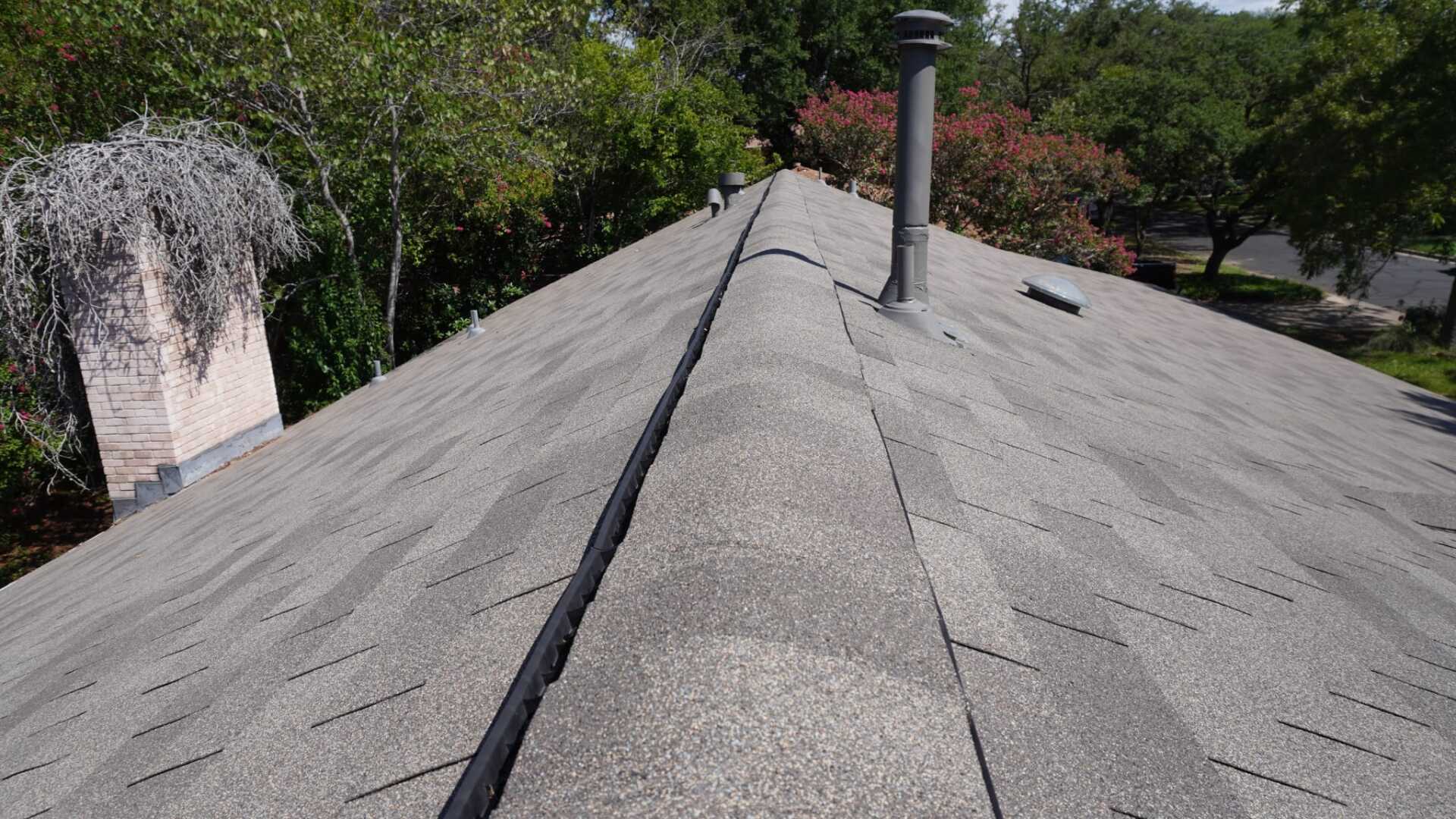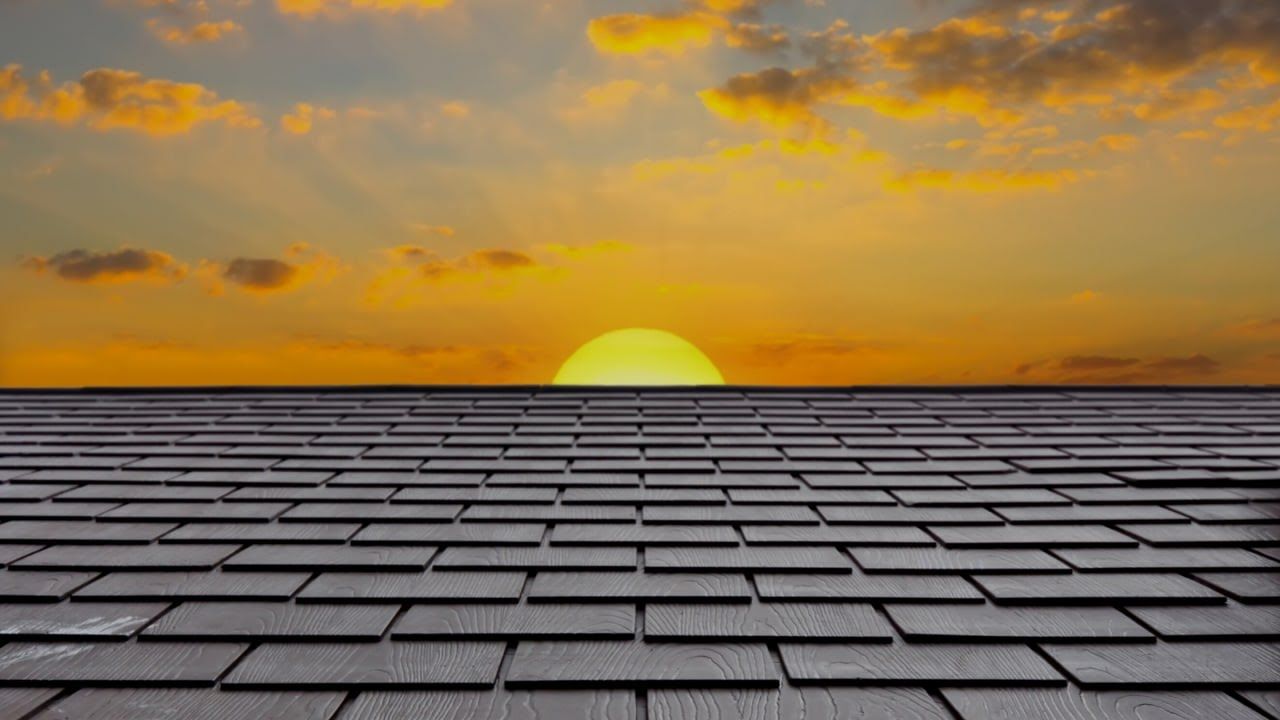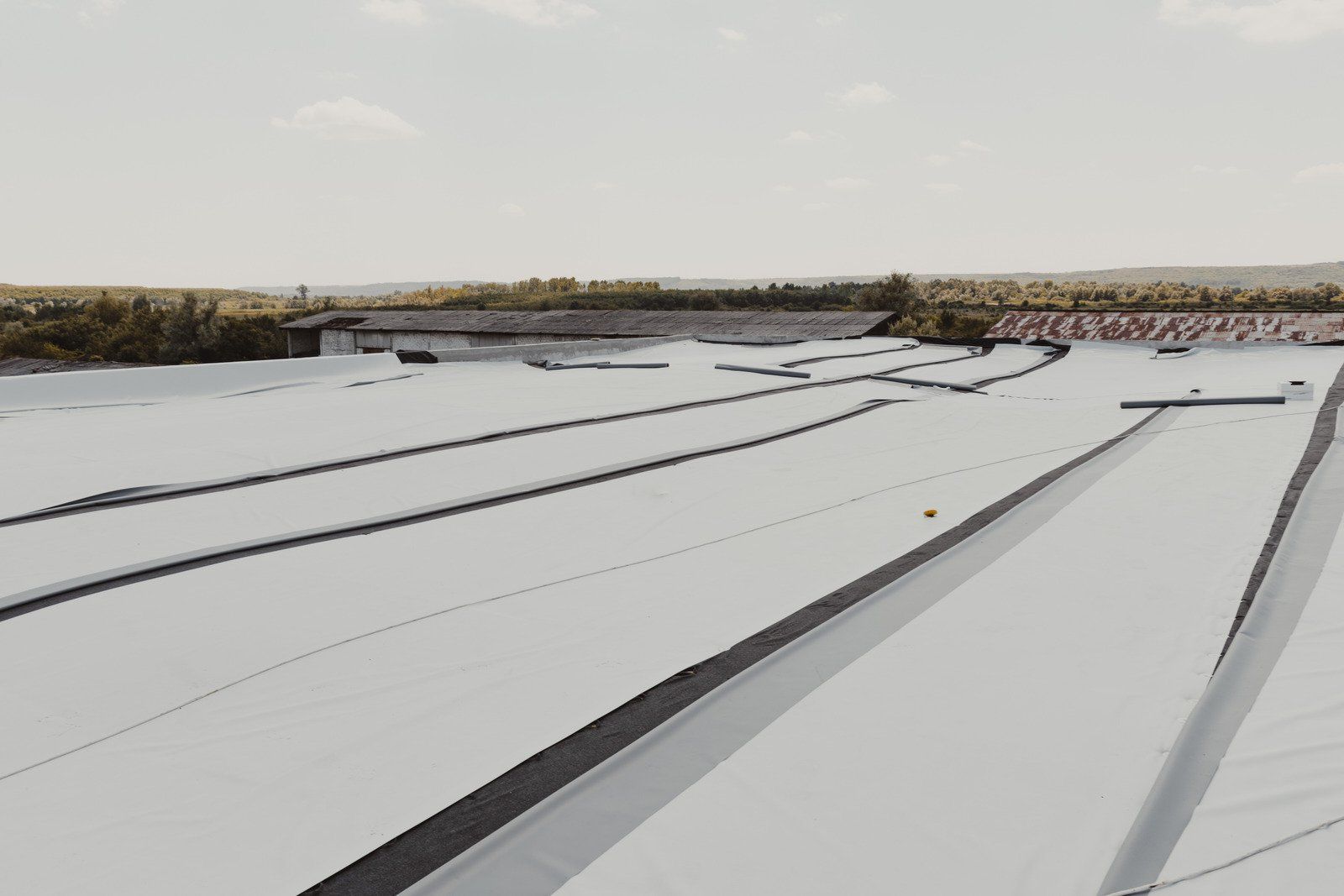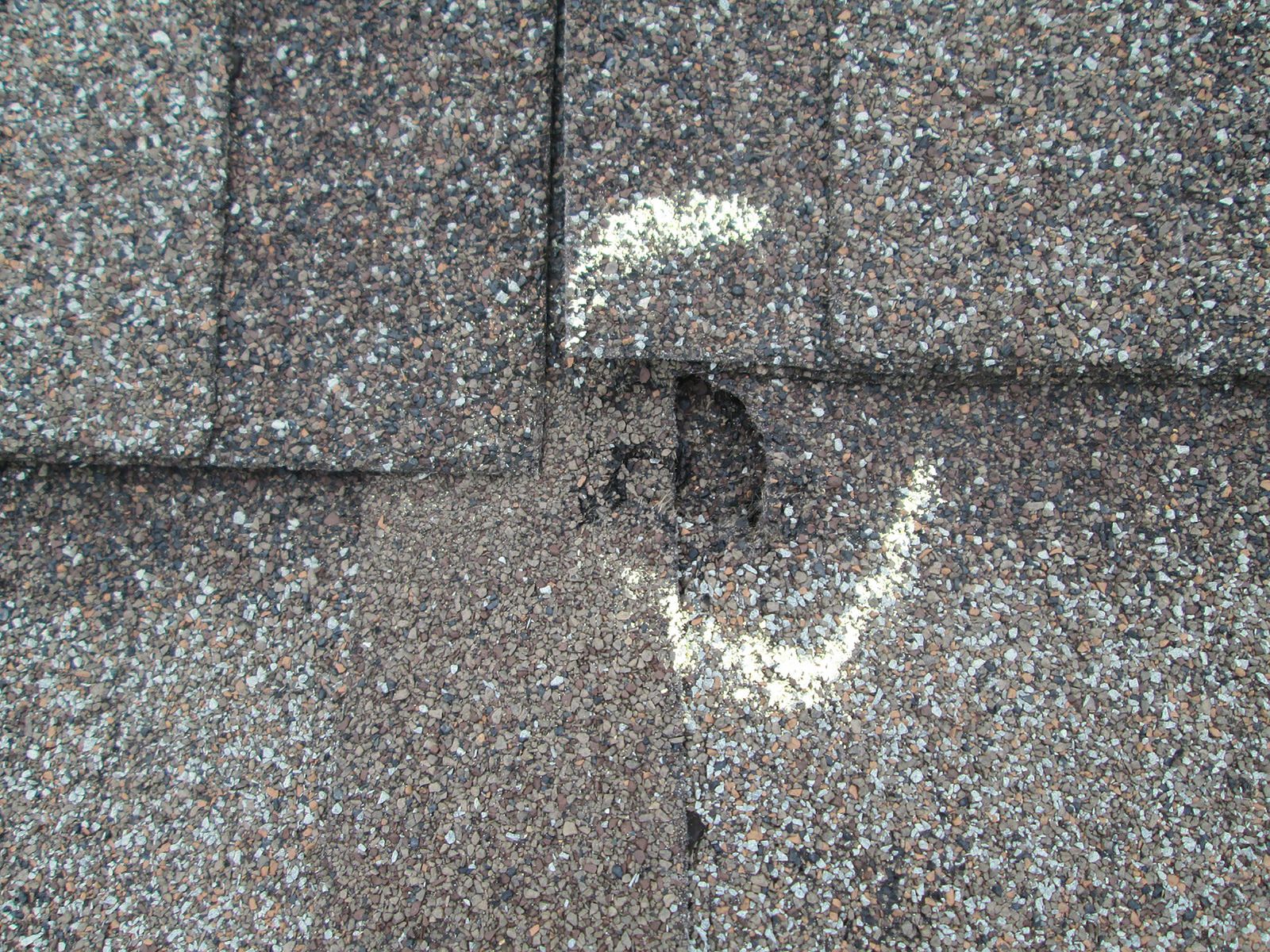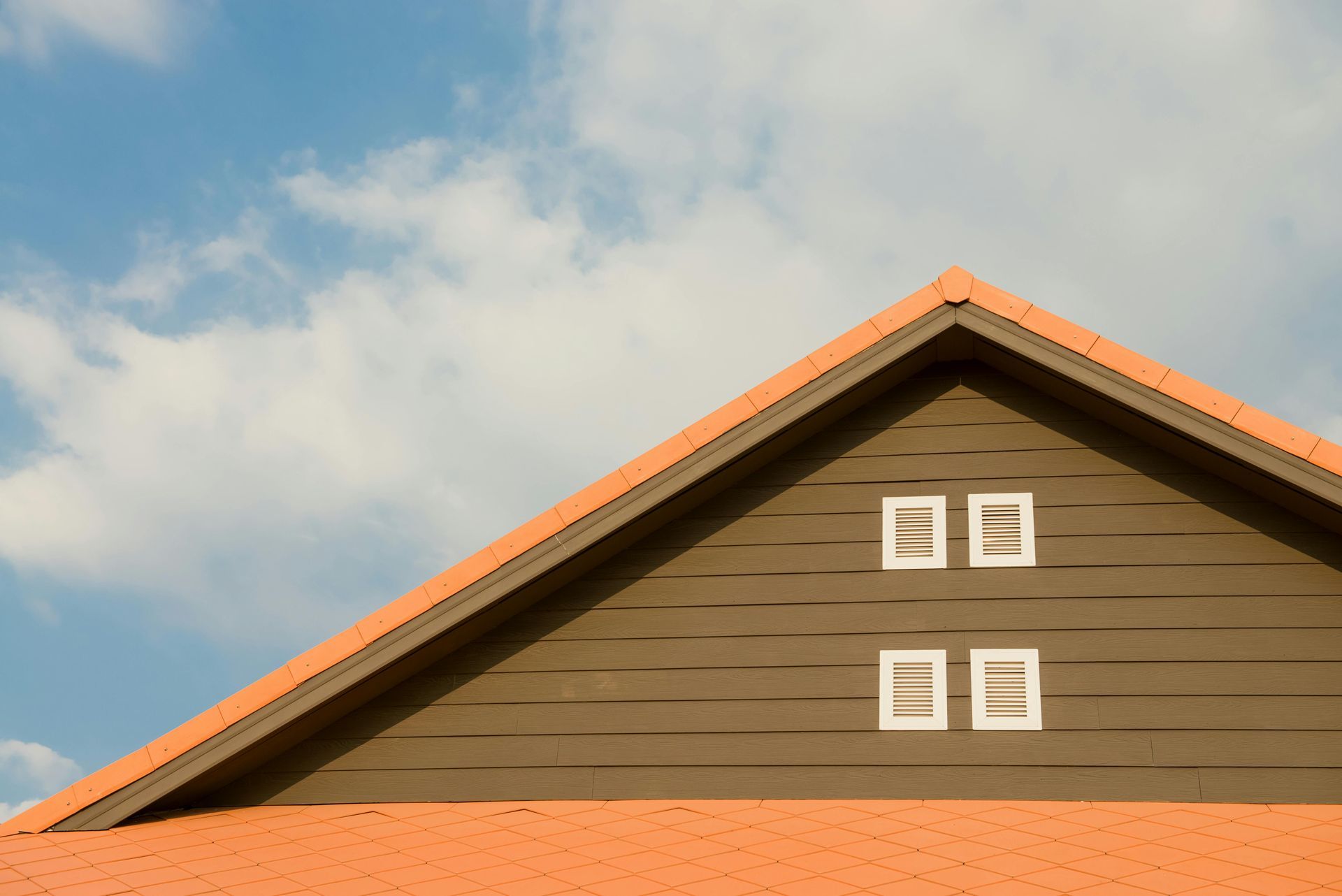Roofing Repair 101
Imagine cozying up to a warm sweater, some fuzzy socks, and a warm cup of coffee on a rainy day, and just as you begin to toast up, a large drop of waterfalls on you. Then as the rain pounds on your roof, it becomes a steady stream.
Common Roofing Problems
Leakages
A leaking roof is one of the most common problems in many households and while sometimes the problem could be as small as a missing nail, there are times the problem could be far extensive lack of immediate attention can cause some far-reaching damage, like a cave in. There are many areas that give way to a leak, including;
- Beneath a broken or missing shingle
- Around flashing
- Near pipes
- Close to gutters
- Near skylights
Flashing is usually installed to give reduce water damage to a roof and components beneath it. However, when not properly installed, it can do more damage than good.
Whatever material you use for your roofing, either iron sheets or shingles, weather elements, and temperatures cause a lot of expansion and shrinkage. This might potentially cause spaces in flashing or nailing joints and water may seep in through there.
There are endless ways in which your roof can get holes, including foot traffic, missing nails, construction work is done on the roof, and more.
If there are design problems in your roof and some flat areas are left or your gutters are clogged, water can form ponds in the area. It can then corrode and cause some serious damage if it is not removed.
- Poor Flashing
- A Shrinking Roof
- Holes On The Roof
- Ponds on the Roof
- Weather Damage
Storms, hail, and strong winds can cause roofing damage by blowing away parts of or the entire roof. They can also blow debris onto the roof or chip and break shingles. In areas where hurricanes occur frequently, wind and hail cause a range of roofing disasters that are covered by insurance companies. However, before they consider paying for it, they carry out an assessment.
Assessing The Damage: The Brittle Test
When there is hail or wind damage to your roof, a brittle test helps determine whether Roofing Repair or a new roof is required.
During the test, a shingle is released from an overlying shingle. It is then raised and dropped at 45 degrees thrice. If it cracks or breaks, the damage is far too gone and a replacement is required. If it survives the test, then only repairs are required. Many insurance companies use the test to determine the extent of damage and the claim to payout.
In most scenarios, insurance companies use the 25% rule. If the brittle test is failed by more than 25% of the roof or 25% of the roof is damaged by hail or wind, then the entire roof has to be replaced.
Fixing a Damaged Roof
There are roof fixing options that can be handled as an easy DIY project while others require professional hands like Up on a Roof. When carrying out any roof repair in person, take safety measures like wearing gloves when handling sharp metal or shingles. Get down and move the ladder rather than trying to move it while on top. Also, wear some good shoes to prevent sliding when working on the roof.
Clear Your Gutters Frequently
When many people hear a roof, they think it's just the shingles and sheets. However, an important part of the roof is often ignored and is often recognized when there is a problem. Gutters are important because they prevent splash erosion and aid in maximum water harvesting. During the hotter seasons, leaves, twigs, and dirt are blown onto the roof.
Gutters get easily clogged as rainwater or melting slow runs off the dirt into them. When uncleared, the water is held in the gutters leads to rot. When the dirt builds up, the gutters often overflow and cause water damage. To prevent this, you can take up a ladder and clean out the build-up dirt. Do this before the rainy season. Replacing a broken shingle is a task you can easily accomplish at home when you notice a loose or broken one.
A missing shingle is easy to note since it either falls off or the 'bleeding' runs into the drain. Just as with the gutters, maintenance of shingles is a simple job that would save you money in maintenance.
Remove the damaged shingle by lifting the nearby shingles and loosening the nails holding it to the battens. Then clean out the cement and any protruding nails. This ensures the new shingle will lock in securely.
To ease the replacement process, use a knife to round the corners that go in. Ensure it aligns properly with the shingles nearby and then hold them down with roofing shingles near the corner. Cover the nails using some cement to prevent weather damage. In case you like aesthetics, some paint or smoothing down can help reduce the eyesore.
Fixing up a Flat Roof
A flat roof poses danger as a result of frequent ponding. If you have a flat roof out of a design choice, it can be difficult to assess damage until it shows inside the house. In this case, if the underlying felt is soaked, you can cut through and squeeze out the water.
You have to do this during the day since the hole has to air dry. However, if the fixing happens during cold weather, a propane torch will suffice. In case you are not confident in fixing this, you can consult with a professional to help out.
Repairing Cracks or Flashing Openings
Cracks on the roof, especially the miniature ones can be very hard to spot from the outside. Diagnosis only comes in form of small droplets inside the house. To fix this up, note the source of the leak and locate it.
Then clean it up, place a piece of metal on top of it expending a little longer and wider than the crack. The metal you use should be the same as that of the roof to avoid a worse case of rust and further damage to the roof. Then spread some cement on the metal and place something heavy on it until the cement hardens.
These routine maintenances and roofing repair practices go a long way in preventing possible disasters. A few missing shingles can be the catalyst to a bigger problem, like a roof being blown away during a storm. Roofing repair can help maintain and keep the roof longer. However, if you lack the expertise or the confidence, it would be wise to consult a roof repair expert. This will prevent making any further damage than the already existing one. The last thing you need is a stream coming from where drops only formed.
Contacting Our Business and Scheduling a Free Consultation
Our company provides commercial roofs that feature high-quality materials, and our business can also repair many types of roofs, offer 24/7 services and provide free estimates.
